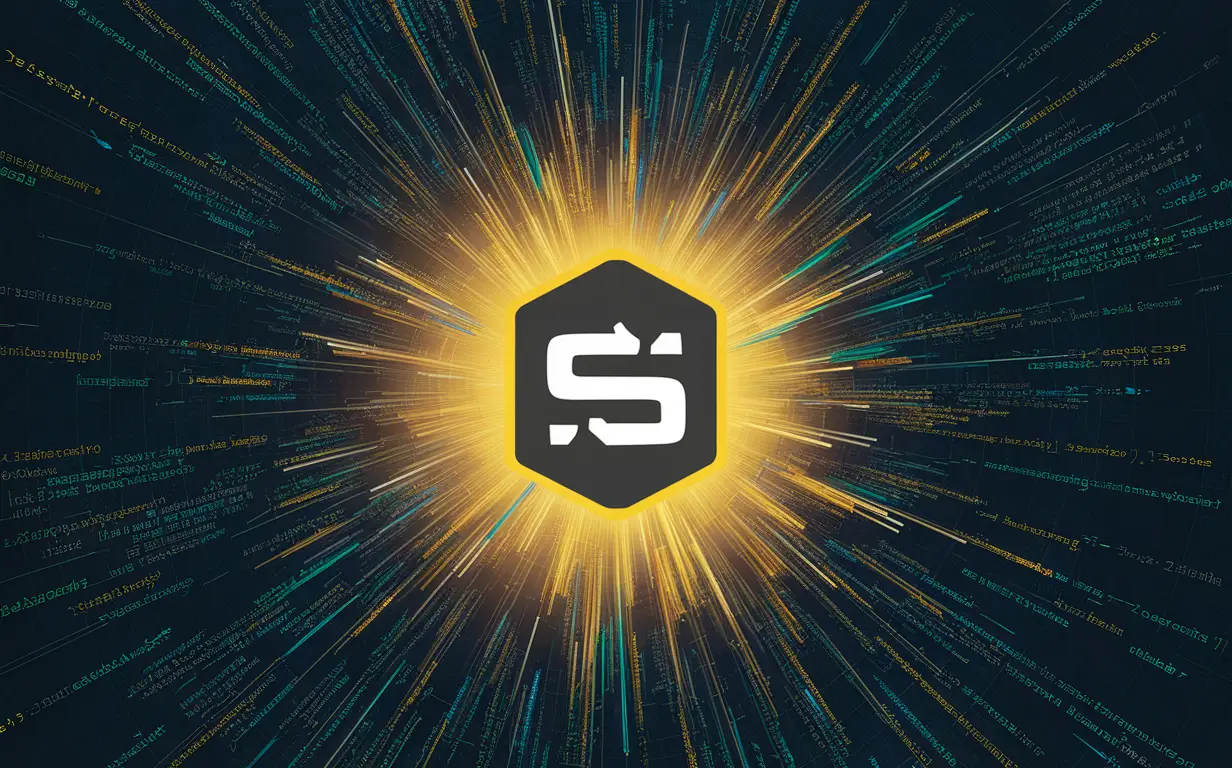Walnut.io offers a code-free interactive sales demo platform that helps B2B companies create personalized product demonstrations, streamline the sales process, and increase conversion rates.
Continue readingTransform Your Coding Experience: How AI-Powered Debugging Assistants Save Developers Countless Hours
Discover how AI-powered debugging assistants are revolutionizing the development workflow by providing intelligent error analysis and optimization recommendations.
Continue readingInspector – Real-Time Application Debugging and Performance Monitoring for Developers
Inspector.dev offers a powerful real-time application debugging and monitoring tool that helps developers identify and fix performance issues before they impact users.
Continue readingTransform Static Code into Dynamic Storytelling with This Groundbreaking Code Animation Platform
Discover innovative business opportunities leveraging code snippet visualization technology to revolutionize technical education and developer collaboration.
Continue readingSnappify – Code Snippet Beautification and Image Generation Platform
Snappify offers a powerful code snippet beautification tool that transforms plain code into visually appealing, shareable images for presentations, blogs, and social media with premium customization options.
Continue readingTransform Team Productivity with Intelligent Communication Workflow Automation
Explore two innovative business ideas built upon Franz’s unified messaging concept: WorkflowAI that automates communication processes, and CultureBridge for multilingual team collaboration.
Continue readingFranz – Unified Desktop Platform for Multiple Messaging Services
Franz is an all-in-one messaging platform that centralizes various communication services into a single application, boosting productivity and streamlining workflow for individuals and teams.
Continue readingJobs-to-be-Done Framework (with SaaS Examples)
Introduction
Why do customers really buy your product?
Most startups assume it’s because of the product’s great features, affordable price, or fancy design.
But the truth is — customers don’t buy products.
They “hire” them to get something done.
This is the key idea behind the Jobs-to-be-Done (JTBD) Framework.
In this guide, you’ll learn:
- What the JTBD framework is
- Why it matters for startups and product teams
- Real-world, easy-to-understand examples
- A practical SaaS business application
- How to apply JTBD to your product strategy
What is the Jobs-to-be-Done Framework?
The Jobs-to-be-Done (JTBD) framework helps you understand the deeper reason why customers choose your product.
It looks beyond product features and focuses on the “job” customers want to get done.
Harvard Professor Clayton Christensen, who popularized this concept, explained it simply:
People don’t buy products — they hire them to do a job.
That job could be functional, emotional, or social.
Your product’s success depends on how well it helps customers complete that job.
Why Does It Matter for Startups?
Most startups build products based on assumptions: 👉 “If we build more features, customers will come.”
But that approach often leads to wasted time and money.
The JTBD framework forces you to shift your thinking:
What progress is the customer trying to make? What problem are they really solving?
Understanding this will help you: ✅ Build products customers truly want
✅ Write better marketing messages
✅ Improve customer retention

Real-Life JTBD Examples
✅ Starbucks Drive-Thru & Mobile Payment
Here’s a classic example of JTBD thinking in action.
Starbucks noticed that many customers avoided using drive-thru lanes.
When they asked why, the answer was surprisingly simple: “I don’t want to reach for my wallet while driving.”
On the surface, customers were buying coffee.
But the real Job-to-be-Done was:
“I want to grab coffee easily and quickly, without hassle, even when I’m busy or driving.”
So Starbucks introduced mobile payment and pre-order features in their app.
Customers could pay ahead, scan a QR code at the drive-thru, and receive their coffee without pulling out their wallet.
Result? ✅ Increased drive-thru usage
✅ Higher app payment adoption
✅ Improved customer experience
This is JTBD in action — identifying a hidden customer frustration and solving it.
✅ Electric Toothbrush
Another simple JTBD example is the electric toothbrush.
People don’t buy an electric toothbrush because they want a fancy gadget.
They buy it because they want to:
- Clean their teeth faster and more effectively (Functional Job)
- Feel fresh and confident (Emotional Job)
- Avoid bad breath and look well-groomed (Social Job)
The toothbrush is just a tool.
The real “job” is dental health and peace of mind.
SaaS Business Example: TaskMate
Let’s apply the JTBD framework to a SaaS scenario.
Imagine you’re building TaskMate, a task management platform for remote teams.
At first glance, customers seem to want a simple to-do list app.
But when you look deeper, their Job-to-be-Done is:
“I want to stay organized and in control of my work without feeling overwhelmed, especially when working remotely.”
✅ Breaking Down the JTBD
| Job Type | Example |
|---|---|
| Functional Job | Manage tasks and project deadlines easily |
| Emotional Job | Feel confident and less stressed about work |
| Social Job | Appear responsible and reliable to teammates |
So TaskMate’s real job is to: ✅ Help users stay organized
✅ Reduce their stress and mental load
✅ Improve team communication and trust
If you design your product with this in mind,
your customers won’t just use your app —
they’ll rely on it to make real progress.
How to Apply the JTBD Framework
Here’s how you can start using the Jobs-to-be-Done framework in your startup:
1) Observe Customer Behavior
Look for the why behind the behavior.
When do customers use your product?
When do they avoid it?
2) Identify Hidden Jobs
What is the real progress customers want to make?
What pains, frustrations, or desires are they trying to solve?
3) Map the Functional, Emotional, and Social Jobs
JTBD isn’t just about tasks.
Understand how your product affects customers’ feelings and social image.
4) Design for the Job
Use these insights to: ✅ Build the right features
✅ Improve the customer journey
✅ Write marketing messages that resonate
Summary
| Common Approach | JTBD Approach |
|---|---|
| Focus on product features | Focus on customer progress |
| Ask “What do they want?” | Ask “What job are they hiring this for?” |
| Feature-driven | Outcome-driven |
Final Thoughts
Customers don’t buy products — they hire solutions to do a job.
That’s the simple truth behind the Jobs-to-be-Done framework.
Whether you’re running a SaaS startup, a coffee shop, or an e-commerce business,
understanding your customer’s real job will transform how you build, market, and sell your product.
Before you launch your next feature or campaign, ask yourself:
What job is my customer hiring this product to do?
The answer could change everything.
Master the Future: How AI Image Marketplace Platforms Create Explosive Income Streams
Discover how AI image marketplace platforms are revolutionizing digital content creation and commerce, offering unprecedented opportunities for creators and businesses alike.
Continue readingLexica – AI-Powered Image Search and Generation Platform
Lexica.art offers a powerful AI image search and generation platform that enables users to discover, create, and share stunning AI-generated artwork with a vast searchable database and premium features.
Continue reading









